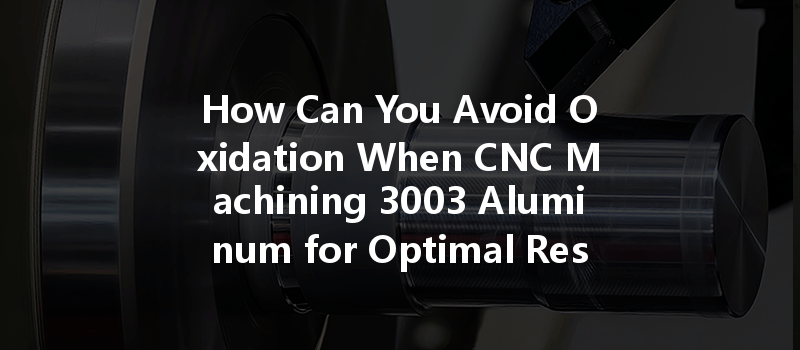Opening:
Did you know that 3003 aluminum is one of the most commonly used alloys in the manufacturing industry due to its excellent corrosion resistance, workability, and weldability? However, despite its advantageous properties, oxidation can hinder the quality and performance of machined parts. Understanding how to prevent oxidation during CNC machining is essential for engineers and manufacturers aiming for optimal results in their projects.
—
Understanding Oxidation in Aluminum
Before diving into the solutions for preventing oxidation during CNC machining, let’s briefly examine what oxidation is and why it poses a challenge for aluminum processing. Oxidation occurs when aluminum reacts with oxygen in the environment, forming a layer of aluminum oxide on its surface. While this oxide layer offers some level of protection, excessive oxidation can lead to issues like surface defects, decreased adhesion of paints or coatings, and compromised performance in critical applications.
How Oxidation Affects CNC Machining
When machining parts from 3003 aluminum, oxidation can lead to several issues:
Given these challenges, manufacturers need to implement practical strategies to mitigate oxidation during the CNC machining process.
—
Strategies to Avoid Oxidation During CNC Machining of 3003 Aluminum
Below are some of the most effective methods to prevent oxidation during the CNC machining process specifically for 3003 aluminum:
The atmosphere in which CNC machining takes place plays a significant role in oxidation. Here are key environmental control aspects:
Applying a protective layer to the aluminum prior to machining can drastically reduce oxidation:

Fine-tuning your CNC machine’s cutting parameters plays a vital role in reducing oxidation:
Tool materials and coatings can impact oxidation during CNC machining. Choose tools designed for machining aluminum and add coatings that resist oxidation, such as TiN or TiAlN. Here are some of the recommended tooling practices:
Chips that are not properly managed can lead to further oxidation:
Even with the best precautions taken during machining, post-process treatments can help ensure oxidation does not hinder the final product:
—
In summary, preventing oxidation when CNC machining 3003 aluminum involves a multifaceted approach that spans environmental control, selection of protective materials, optimization of cutting parameters, careful tool choice, effective chip management, and post-treatment of the finished product. By implementing these strategic measures, manufacturers can enhance the quality, longevity, and performance of aluminum parts, reducing waste and improving efficiency in production processes.
As the demand for high precision and durable parts continues to rise in various industries, understanding how to mitigate issues like oxidation becomes ever more crucial. This blog has provided a comprehensive roadmap for engineers and machinists to consider during their processes, ensuring that the benefits of 3003 aluminum can be fully realized without the detrimental effects of oxidation. Remember, investing time in these techniques is not just about preventing a surface issue—it’s about ensuring the overall success of your projects and the satisfaction of your clients.






